Explore the art of the East India Company through a selection of prints and books, carefully chosen from our current stock, which offer valuable insights into artistic and colonial attitudes and activities of the period.
1. Birds & Beasts
Royal tigers, parading elephants, hunted wolves – birds and beasts frequently found themselves at the very heart of the visual art of the period. Animals and animal hunts were represented as wild, dynamic and viscerally exciting, whilst at times also serving an important symbolic purpose.

In Zoffany’s Tiger Hunting in the East Indies, a tiger is held at bay by a party of hunters, including, John Carnac, an army officer in the East India Company. According to Joseph Sramek, in colonial India, British officials often killed tigers, or represented them being killed, to emulate local monarchs and as a show of masculinity and dominance. Not only was tiger hunting an activity favoured by Indian rulers, but depictions of tigers were often used by as symbols of kingship, most famously by Tipu Sultan.

In Embassy of Hyderbeck to Calcutta, animals are at the heart of the conflict between colonial and local rule. In this striking engraving the Embassy is pushed to the background in favour of the rampaging elephant. This is no peaceful and orderly diplomatic mission, but a dramatic and primal scene where lack of control is emphasised and chaos reigns.

In this energetic work, Chase after a Wolf, by Samuel Howitt and Thomas Williamson, a wolf is portrayed being hunted down by a group of men and their dogs. For Howitt and Williamson, prints such as these profited from a surge in fascination with customs in colonial India. Images by the pair tend to evoke an air of adventure and excitement, catering to the British public’s curiosity about newly acquired colonies.
2. Across Land & Sea
Artists associated with the East India Company frequently depicted naval scenes, since the dominance and exploration of land and sea was an essential part of the Company’s military and commercial activities around the world. According to Geoff Quilley, not only did such works serve a documentative purpose, recording newly acquired colonies, but many also provided distinct commentaries on the activities of the Company and the territories it invaded.

Thomas Daniell and his nephew travelled in India as artists between 1876 and 1793, after having been given permission to do so by the East India Company. According to Quilley, the resulting works served to introduce the newly annexed territories to a British audience and presented a largely positive view of the Company’s commercial activities. This hand-coloured aquatint engraving of Fakeers Rock, a sacred site on the river Ganges, highly valued by Hindus, is a distinctive example of their work.

A striking example of a landscape work, depicting the Kailasa Temple, the largest monolithic temple to be found in the Ellora Caves. A group of 34 caves with temples dedicated to Buddhism, Brahmanism and Jainism, the site itself remains an extraordinary feat of ancient Indian religious tolerance and architectural achievement.

In these two drawings by John Hood, a pair of ships, the Durrington and the Triton, are depicted in high seas. Despite the weather and suffering two broken masts, the Triton survived the storm in 1752, continuing to trade into the early 1760s. Both East Indiamen, such sizeable merchant crafts were amongst the ships employed by the British East India Company across a wide expanse of colonies and territories. The trading activities of the Company’s vessels included tea, silk, porcelain, spices and cotton, as well as, at times, slave labour.
3. Figures & Faces
The figures and faces of Britain and its colonies were an essential part of the art that was issued as a result of the activities of the East India Company. The way in which the peoples and societies of colonial India were represented in such pieces, and often indeed misrepresented, makes the following works intriguing records of contemporary attitudes and ambitions during era of the East India Company.

With their distinctive red uniforms, the Moore’s soldiers stand out in the vastness of the landscapes. In Moore's Eighteen views taken at & near Rangoon, soldiers are depicted as regimented, splendid and powerful, a unified expression of military control.

Dynamic and vivid, it is impossible to disregard the importance of Zoffany’s work as a depiction of colonial India and the figures and faces at its heart. At once ‘satire, criticism and celebration’ (Tate), the scene represents a spectacular and complex meeting of colonial and local figures. Indeed, though European figures are to the foreground in Colonel Mordaunt’s Cock Match, the image was drawn from a cross-cultural context that was by no means typical for historical pictures of the period.
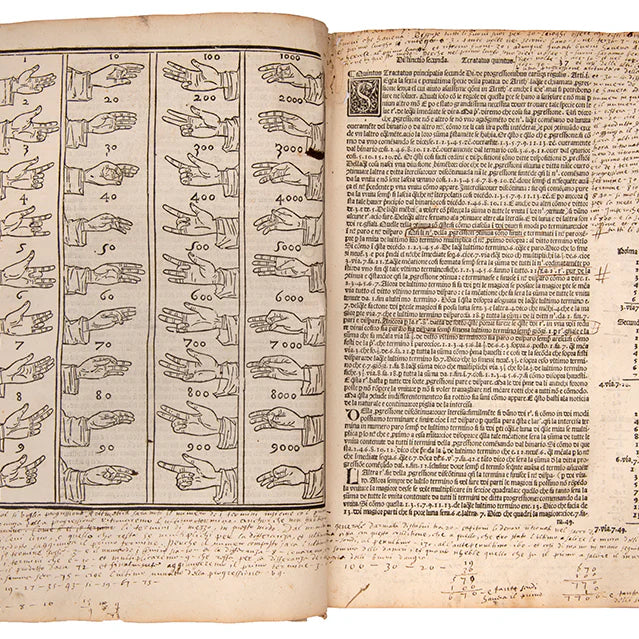





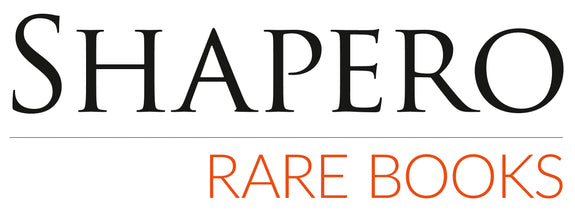
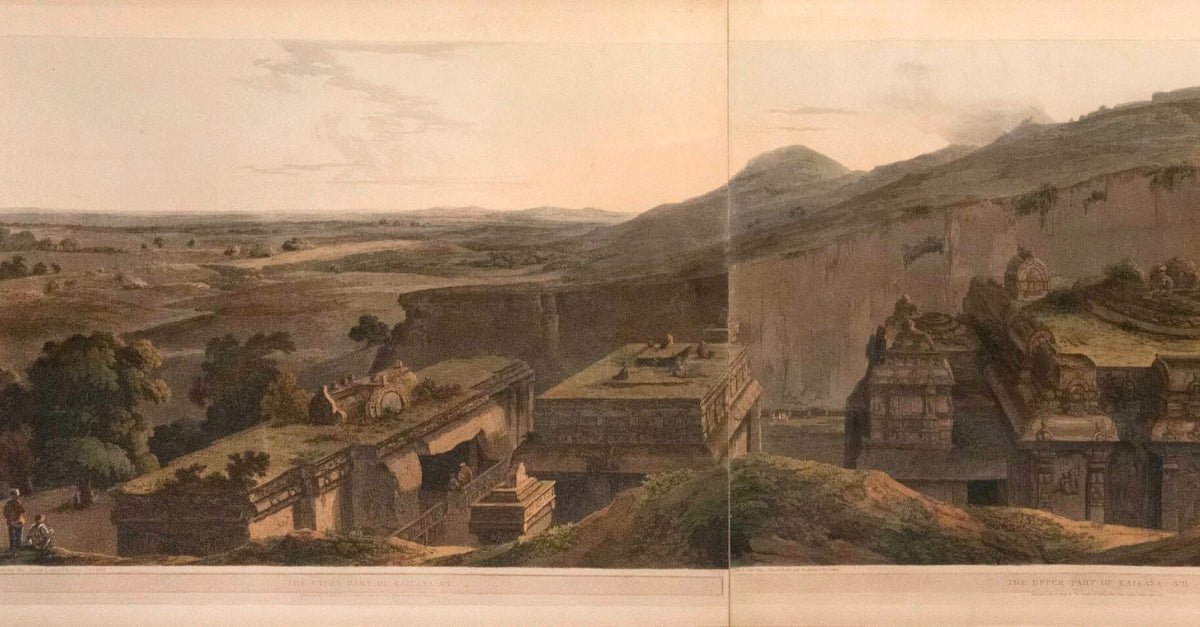








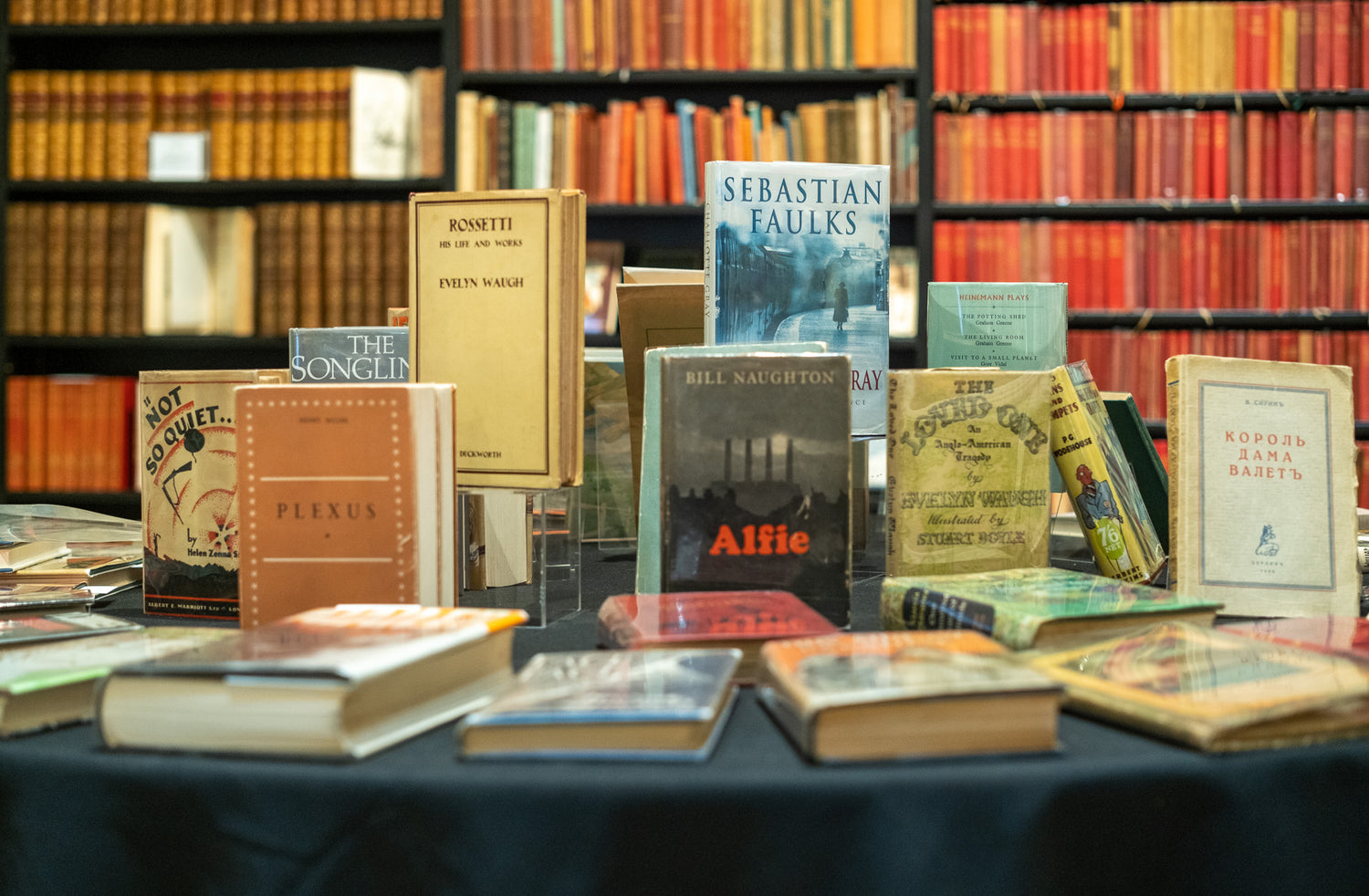
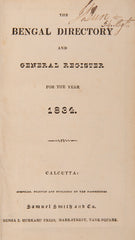
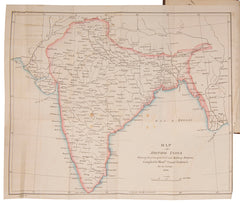
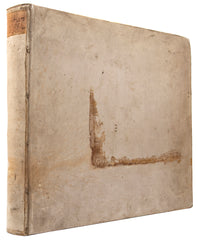
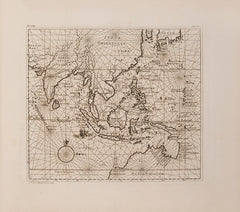
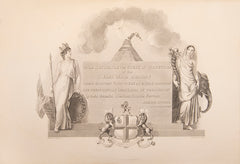
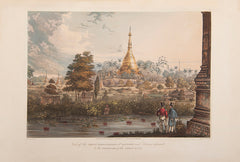
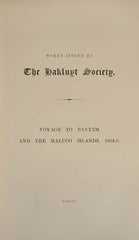
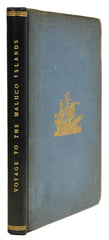
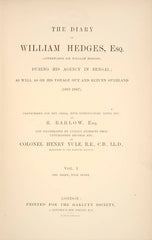
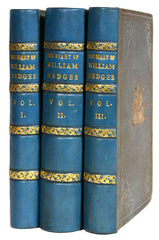
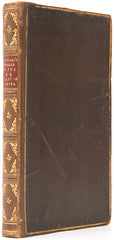
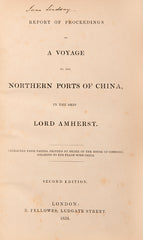
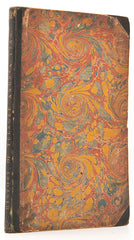
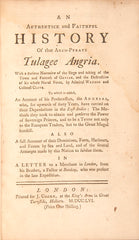
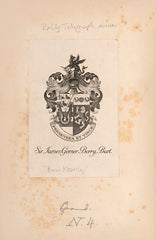
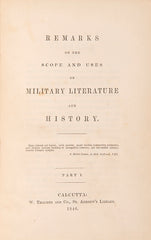
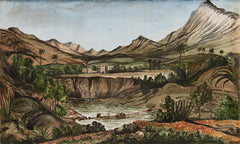
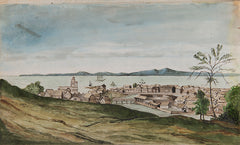
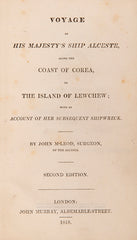
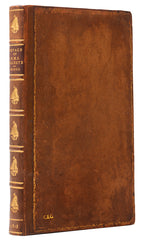
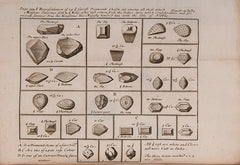
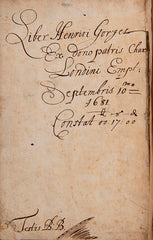
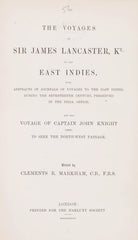
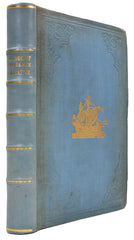
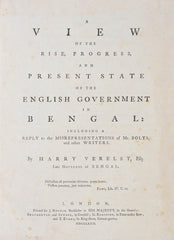
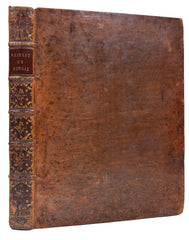
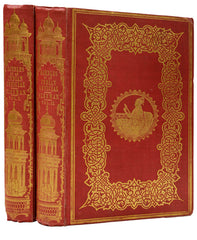
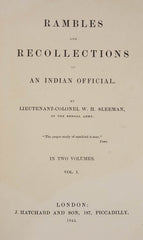
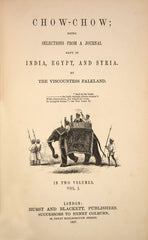
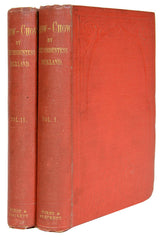
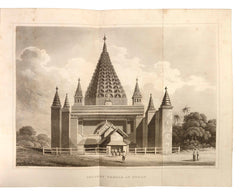
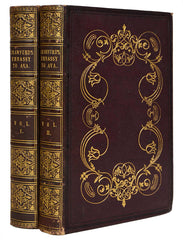
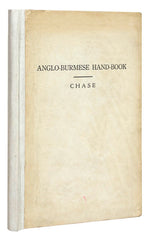
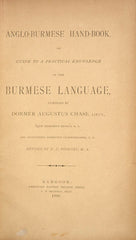
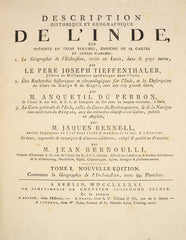
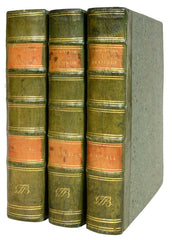
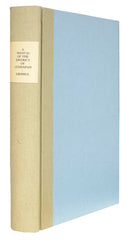
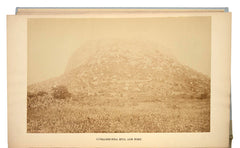
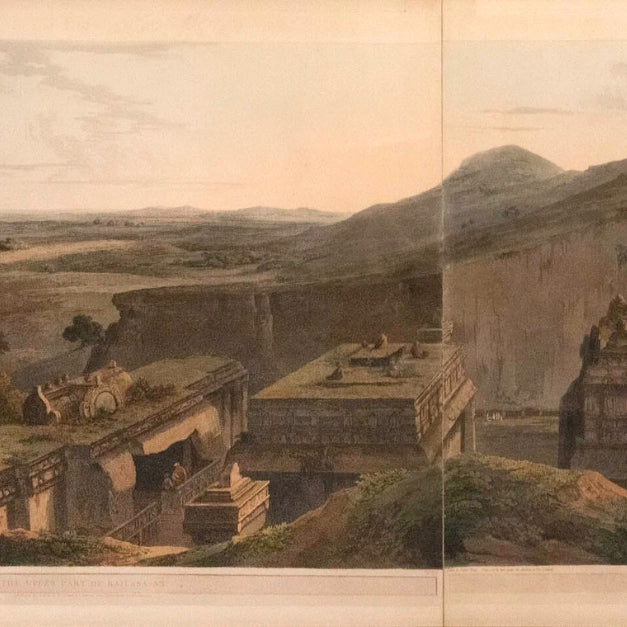
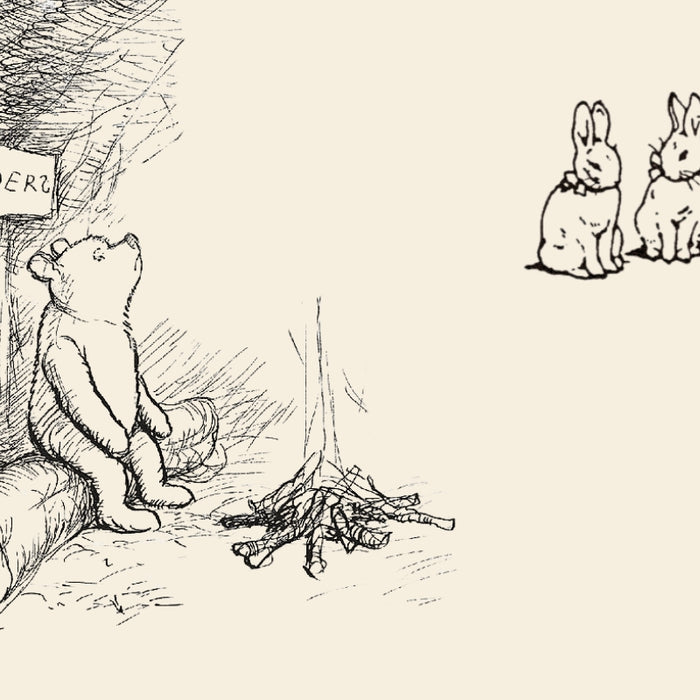
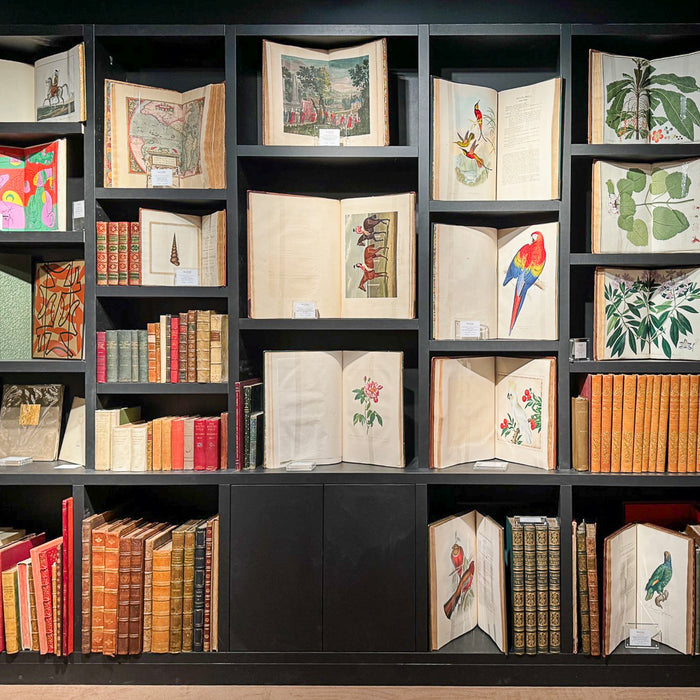
Leave a comment